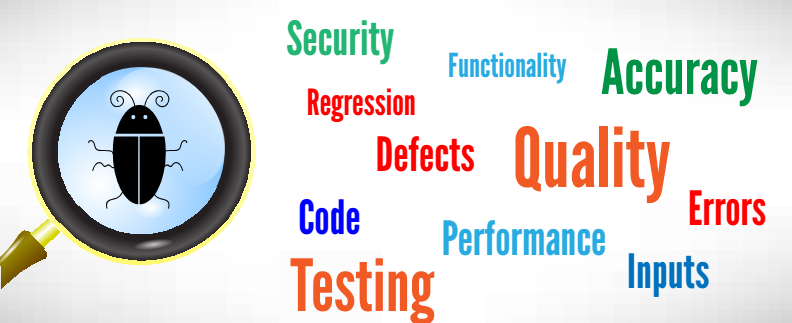Project managers are under constant pressure of committing to deliverables which can often come in the way of following stringent quality procedures. Small negligences, over a period of time, add up into unwanted activities in the software version release which negatively impact productivity, quality and other important parameters. The biggest refrain of a typical project manager is: “Shall I choose the usual short-cut approach to meet the due delivery date in software or go with an Agile approach that is quality focused and makes deliverables more robust and time accurate?”
Ignoring quality of coding standards, system design and software architecture can create cumulative consequences with software design and development – this can be visualized as technical debt.

What is Technical Debt?
Technical Debt in software engineering represents total efforts required to fix bugs and issues that remain in code when the software sprint is released. It is normally visualized as debt accumulation which is like an accumulating interest on liabilities which becomes difficult to write off at the time of software delivery.
The founder of wiki websites, Ward Cunningham, originally defined the concept of technical debt. This concept can be understood as debt in finance. However, it is more metaphorical and not dependent on any mathematical calculations.
Software should be best thought of as an investment and not liability and hence it requires a lot of attention and careful thought on skilled resources, Agile processes, coding standards, development environment, test coverage, test automation etc. Another key reason of technical debt is focus on trade-offs between best solution and instantly available solution.
Best Practices to Eliminating Technical Debt in Your Organization
Software Developers/ Engineers in Test (SDiT/ SEiT)
It will be very difficult to avoid technical debt totally, but there are a few steps that can be taken to prevent the accumulation of technical debt over a period of time. One of the most important steps is to hire Software Developers/ Engineers in Testing (SDiT, SEiT) since these resources are going to write the code and will make the software delivery possible. Unlike just a hardcode quality testing resource, these resources know what to test and not just how to test since they have hard core software development experience, making the testing procedures more effective.
Agile principles in practice
Agile methodology plays an important role in injecting quality into continuous development approach and ensure that the quality is maintained release after release. Constant bug reporting and improvement feedback continues testing and continuous integration all through the development cycle makes the software development project Agile and helps deliver robust quality.
Test Automation
Test automation is another very important instrument that helps in reducing technical debt. On the discovery of any bug in the software development process, it should be added into the bug reporting tools and a new test case should be written. The focus should be on resolving it, rather than passes it over to next deliverable. Identifying right case studies, automating test scenarios, and accelerating test sprints play a vital role in such cases.
Technical debt is a metaphorical term to denote the reality that most software development teams face with or without knowing it. However, it is crucial to start avoiding it and make sure that the business is not accumulating this technical debt.
eInfochips has pioneered a new approach to reducing technical debt – “Tech Debt Zero” – it goes into the bottom of the technical debt problem and helps enterprises systematically eradicate it through a combination of reusable frameworks/libraries, hiring of SDiT/SEiT resources through an outsourcing partner and Agile principles. To know more, read our white paper on this topic.













